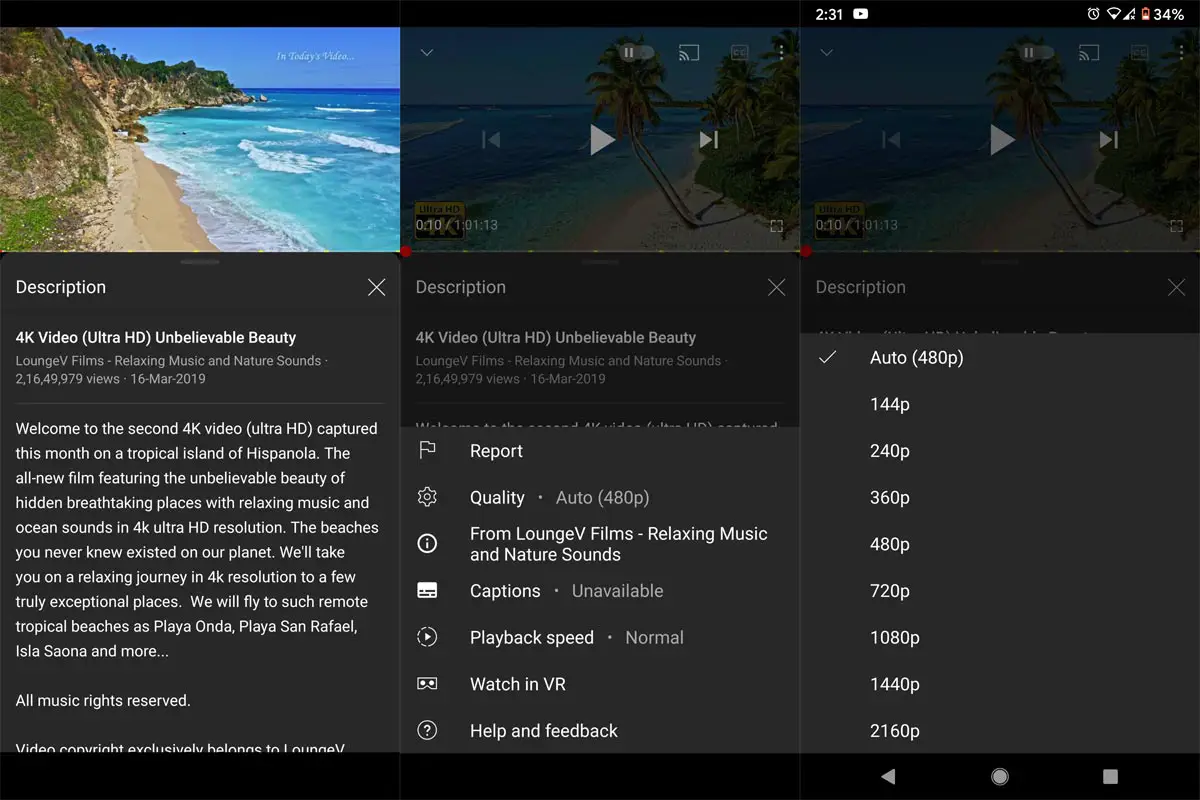In recent mobile technologies, Hardware has slowly become influential, and it can handle any heavy platform. But, The challenging part is data handling. Since most of the apps use the Internet as a mandatory connection, We face data connection and usage challenges. Stream platforms support up to 4K. But, On our mobile, we can’t experience the full quality. But even FHD+ can consume more data. Google is planning to use the AV1 codec in their upcoming Chromecast device. Qualcomm is also planning to use Native AV1 Codec in their upcoming Snapdragon Processors. Native means, Instead of using software optimizations, It can compress the video without reducing quality hardware-wise, Which is powerful processing.

What is AV1 Codec?
AV1 (AOMedia Video Codec 1.0) is an open-source royalty-free video clip codec established due to the Partnership for Open Media, which contains significant specialist businesses like Meta, Amazon.com, Netflix, Google, Microsoft, and Intel, one of its charter members. AV1 boasts far better efficiency in video recording decoding, i.e., faster video clip playback and streaming with boosted high graphic quality at little bit prices concerning 50% lower than H. 264 (HEVC).
What is the use of AV1 codec in Video Stream services?
AV1 is the video clip codec of the future, providing 30% much better squeezing than Google.com’s VP9 layout without bringing any recognizable hit to envision high quality. AV1 video codec aims to strengthen bandwidth productivity on top-notch video recordings and used through YouTube and Netflix. Google.com has been heavily driving the open-source video codec, with Netflix also using AV1 for Android and Smart Televisions.
Qualcomm is Planning to use Native AV1 Codec in their Snapdragon processors
Based on the Process short article, Qualcomm prepares to include AV1 codec help to the Adreno GPU of its own upcoming front runner Snapdragon potato chip known internally as the SM8550. The Snapdragon 8 Generation 1 carries the SM8450 codename, so the report very likely refers to its successor, probably the Snapdragon 8 Generation 2. By Qualcomm’s standard launch timeframe, this potato chip should be declared at the end of the year and show up inside 2023 front-runner Android gadgets. For comparison, the latest Samsung, as well as MediaTek chips, assist AV1 decoding.

Records say that AV1 codec adoption has been limited amongst primary video clip streaming companies due to a lack of essential components. The business began needing Android Television manufacturers to include AV1 support, starting with Android 10, and YouTube likewise demanding that devices sustain the codec if they yearn for accessibility to 4K flows.
Wrap Up
When we are in stable places like Home, Office, and Restaurants, We primarily use Wi-Fi. Compared with Mobile data costs, Home broadband costs are way low. So, there is no problem with data limitation. But when we begin to watch videos of high quality, We can’t enjoy low-quality videos. Also, High-quality videos will consume high data and resources. So, With the help of Native AV1 codecs, We can enjoy the same quality videos without using high data and resources.
The main benefit of AV1 Codec is using it in Android TVs. Initially, Qualcomm may implement this codec in flagship level and upper mid-range mobiles. Soon, We can expect in the mid-range category too. What are your thoughts about the upcoming AV1 Codec? Share your thoughts below.

Selva Ganesh is the Chief Editor of this Blog. He is a Computer Science Engineer, An experienced Android Developer, Professional Blogger with 8+ years in the field. He completed courses about Google News Initiative. He runs Android Infotech which offers Problem Solving Articles around the globe.



Leave a Reply